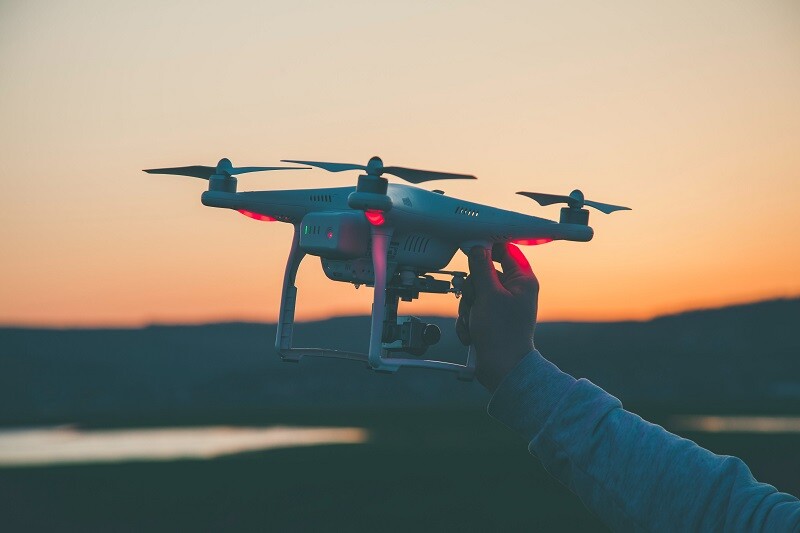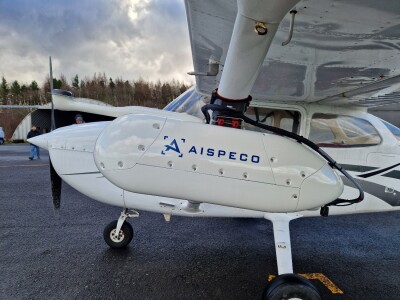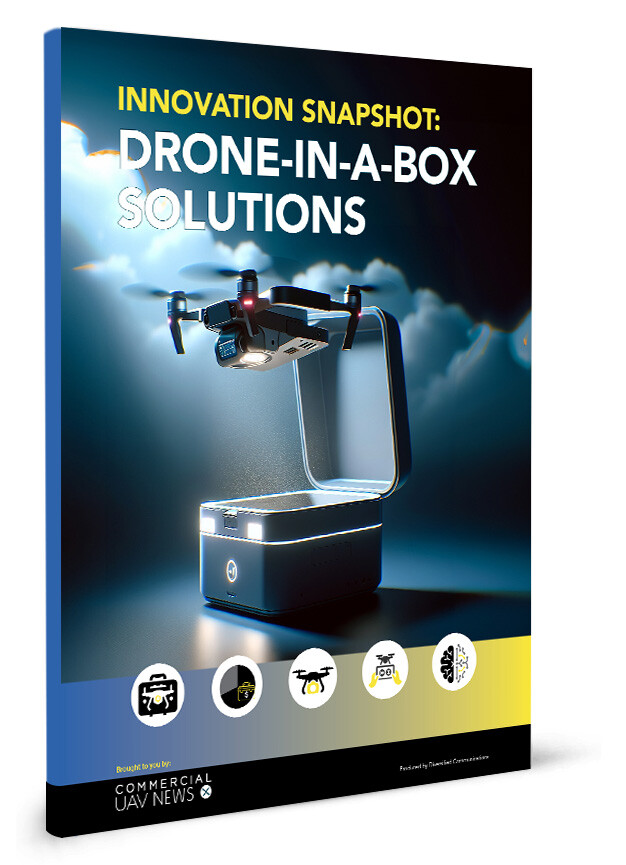This week’s “Around the Commercial Drone Industry” news round-up looks at how a Michigan county is using drones for sewer inspection, Murray State research into mapping Wi-Fi networks with UAVs, and a Florida effort that deploys drones to help clean a waterway.
Michigan County Turns to Drones for Sewer Work
Wired gives us a deep dive into the ways Macomb County Michigan integrated drones to handle the dirty and dangerous work of sewer inspection. According to Wired’s reporting, the county started using piloted Flybotix Asio X drones and the software program SewerAI in 2024 as part of an effort to streamline their inspection process. It worked. Wired reports that the total cost of the drone and the software was $100,000, far less than the $1million the county had been spending on manual inspections every three years. In addition to cost savings, the drone-based approach gave county officials better images and information on sewar conditions. In addition, Wired says, Macomb County “has won two in-state awards as a result of its forward thinking.”
NASA-backed Project Maps Wi-Fi Networks with UAVs
At Kentucky’s Murray State University, students are using drones to map local Wi-Fi networks on campus. This effort, according to a report by WKMS, “could have practical applications concerning drone technology in emergency response situations.” The research, which is funded through a NASA-Kentucky grant, has completed its first phase, the creation of “a 3D heatmap of the university’s campus to identify network strength and coverage.” The drone-derived “map and data will be shared with the campus IT department to help optimize the network.” Researchers say the work could lead to the creation of a system that “could also be used to test the accuracy of GPS in an area” and “improve communications in emergency situations.”
Drones Drop Clams to Clean Florida Waterway
Florida’s Billion Clam Initiative centers on flying drones to drop clams into waterways to help “improve water quality and restore ecological balance.” As reported by Florida Today, the initiative has been deploying drones to drop millions of baby clams in Grant-Valkaria to help cleanse Indian River Lagoon. According to the report, clams are ideal for this work because they “are filter feeders that remove algae and excess nutrients from coastal waters.” Launched in 2017, the operation is spearheaded by CCA Florida in partnership with the University of Florida Whitney Laboratory and Capt. Blair Wiggins.















Comments